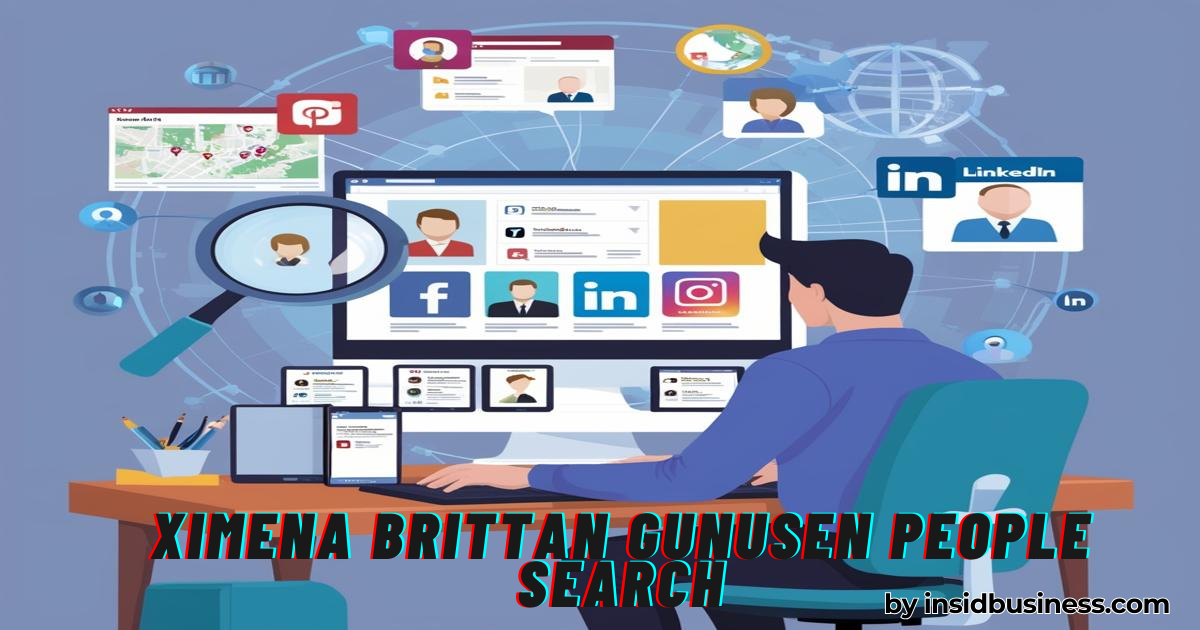Digitisation of procurement, like any other department, is a pressing priority in the present time. This is because slow procedures and methods are no more acceptable in the fast paced businesses of today. From market research to ordering, from tender floating to tender acceptance and finally acquisition of products and services, speed and convenience is becoming a necessity. Processes that waste time, efforts and resources need to be eliminated from the business procurement cycle, to achieve the desired revenues. Digital procurement is the usage of apps, software and systems to associate, store and use all the data related to procurement.
Why Digitise Procurement?
The main question is: Why digitise procurement in the first place? The answer is not one but multiple factors.
1. Choosing Least Cost Methods for Getting The Work Done:
This is one of the major advantages of digital procurement. Usage of softwares which evaluate the minimum possible resources for the maximum output are now being incorporated by businesses to a large extent throughout the globe. This is because identifying cost saving raw materials and supplies through traditional procurement is a tedious and costly process involving manual market research and decision making.
2. Easy and Trouble Free Negotiation:
Today, tenders are being formulated, floated, printed, accessed and chosen, all through digital platforms, not only saving time and resources but also protecting interests of both parties by error free calculations. Businesses which have already digitised the tender process, are excelling far ahead than old-fashioned ventures still sticking to ancient procuring practices.
3. Keeping an Eye on Costs and Expenses:
This is another advantage offered only through digitization, throughout the procurement process. Softwares and IT tools not only reveal spending patterns of a business, but also propose possible solutions to curtail these expenses and generate revenues accordingly. This is because such IT tools help in optimum resource allocation, without any wastage, that would otherwise be neglected or overseen during human done calculations. Removal of transaction errors and initiation of speedy buying/selling is needed today, because time and resources are scarce. Businesses need to cut down on their costs and manage time accordingly, to keep pace with the industrial norms and the ever changing business world.
4. Following Industry Regulations:
Industry regulations, principles and standards are followed adequately when a business uses digital platforms of procurement. Today AI tools and IT based techniques have made compliance with such standards very easy and free of any glitches. Now supply chain officers do not need to read tons of manuals and handbooks relating to procurement rules of a certain industry or nation, rather the IT tools help with all such time consuming practices.
5. Elimination of All Handwritten Paperwork:
This is one of the most applauded benefits digital procurement has to offer. Getting rid of heaps and piles of documents within the office premises, which is otherwise exposed to threats of loss and theft and privacy invasion of organisations is now needed more than ever before. This is only possible through usage of efficient IT tools for transferring all documentations to IT systems. Cloud computing and storage devices have helped businesses a great deal in achieving such goals.
Challenges and Ways To Overcome
Though digital procurement seems the only possible solution for problems of today’s businesses, it still has its challenges which would take time and efforts of ventures in the long run. However, this time and effort is still an investment, because it would surely reap fruits in the future for all industries alike. Some challenges that are faced by businesses adopting digitisation of procurement are:
-
Switching from Tradition to Innovation:
This is perhaps the most time consuming process a business would have to go through once it considers digitising. The transfer of all procurement information from paperwork and handwritten documents to online cloud storages and systems is a hefty process indeed. Companies might outsource such services to other businesses which solely perform such technology integrations, to save time and resources.
-
Employee Learning and Training:
This is another trial many companies face. Old fashioned systems of buying and selling used by engineers in the construction company, for example, are still prevalent in many countries and their businesses. Employees are hesitant to use new IT tools and communication services to meet vendors and negotiate accordingly. Absence of knowledge means that many employees are unaware of the wonders modern IT tools can do for them. An example is the construction inventory software, which can help site engineers in keeping track of all equipment and raw material being acquired and spent during construction of a project.
-
Cross Engagement Between Parties:
Many vendors and procuring agencies today are perturbed as to how digital procurement works. This is because interparty communications are not that prevalent as both vendors and buyers are still in the learning process of adopting digitization completely and might not be on the same page. This can be overcome by defining goals and objectives before the start of each project or acquisition. A clear understanding of the company’s procuring requirements would enable many businesses to establish better communication and delivery of information.
-
Budget Misallocations:
This might be a problem primarily, because the software involved proposes an initial cost for the whole project, but it is important to determine the cost of the whole product/service lifecycle to estimate the exact costs and expenses throughout the project.
It is therefore appropriate to say that digital procurement can revolutionise the outdated supply chain methods, creating ease for both parties and speeding up the procurement process as a whole. It promotes the transparency of the processes within the demand-supply chains and their respective transitions. The research, identification of needs, search for vendors and selecting the most suitable one, implementation of the procurement process and finally its supervision, all steps, if digitised, would cut costs, time wastage and monotony involved previously in the procurement process.

















Leave a comment